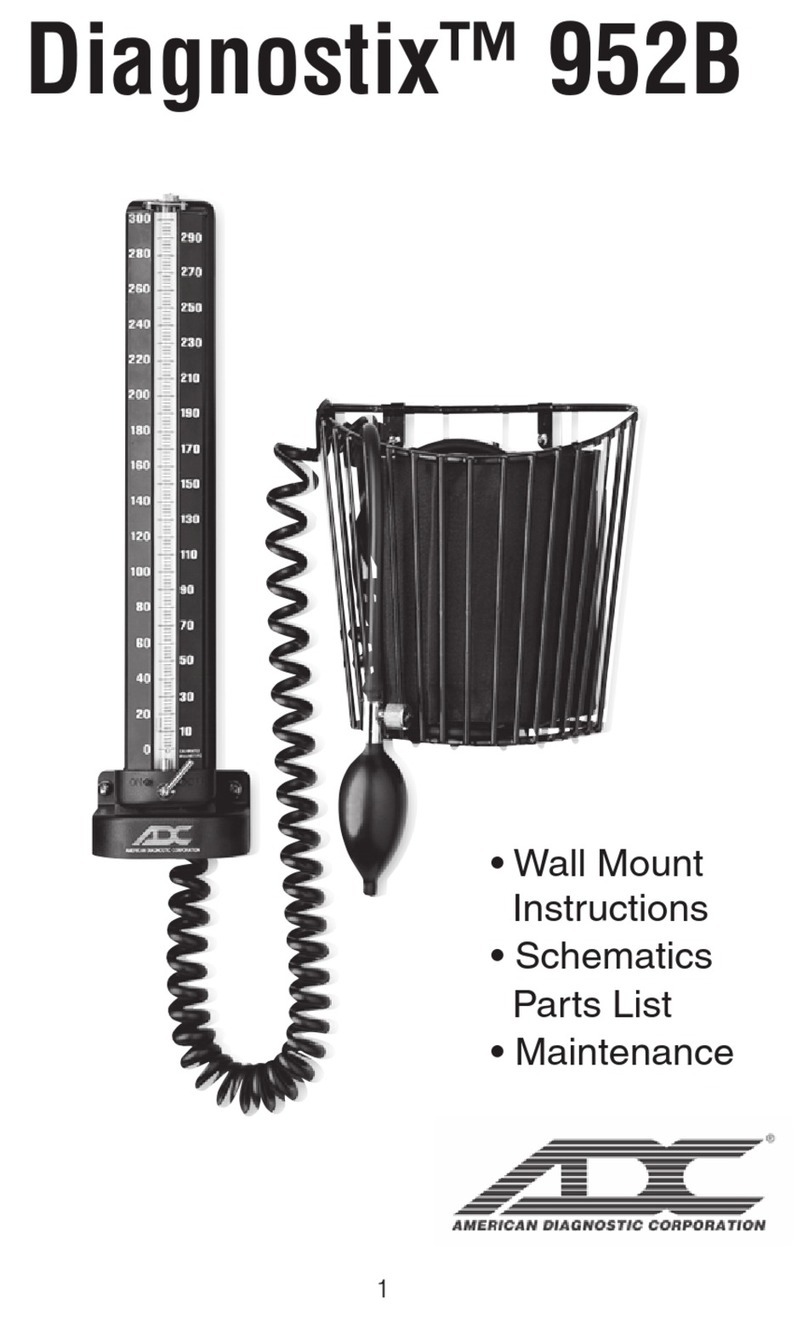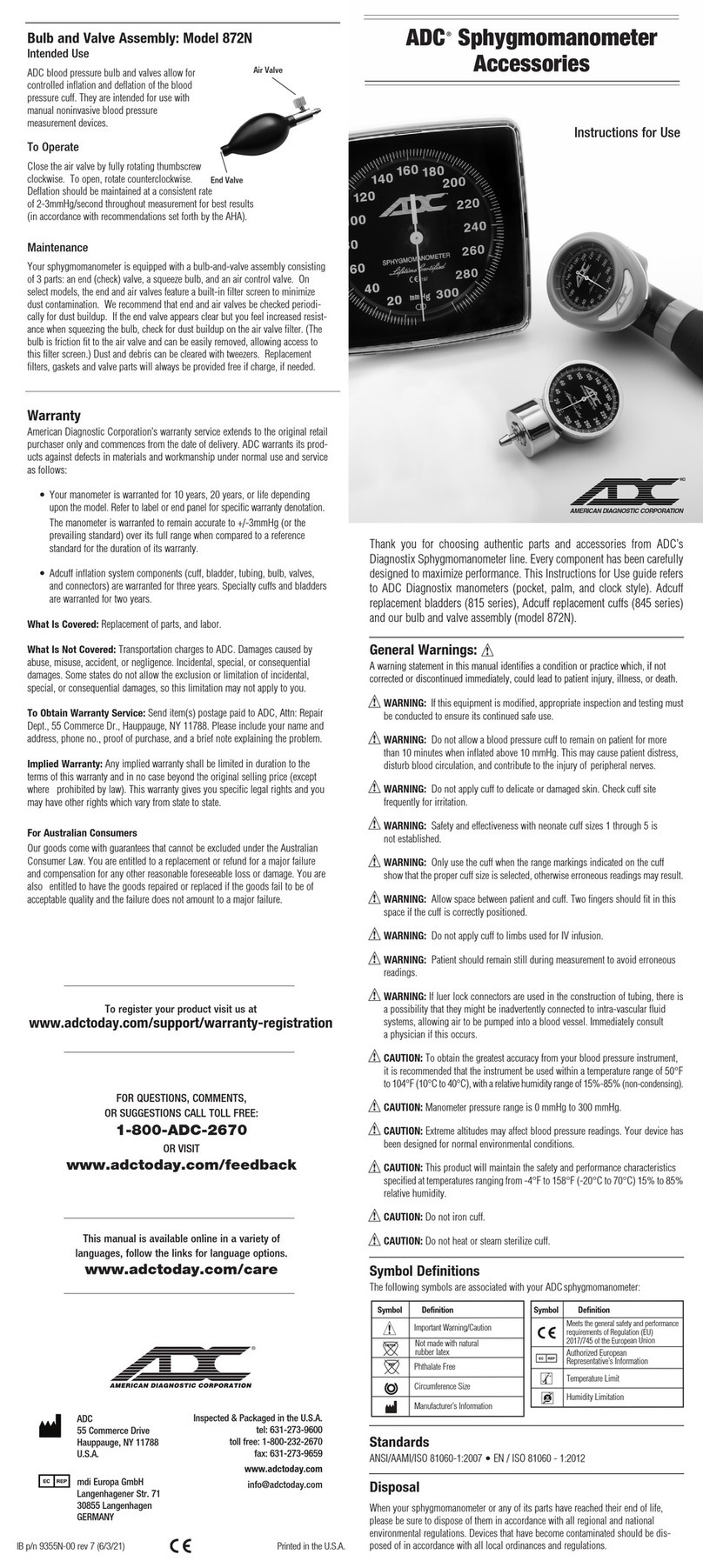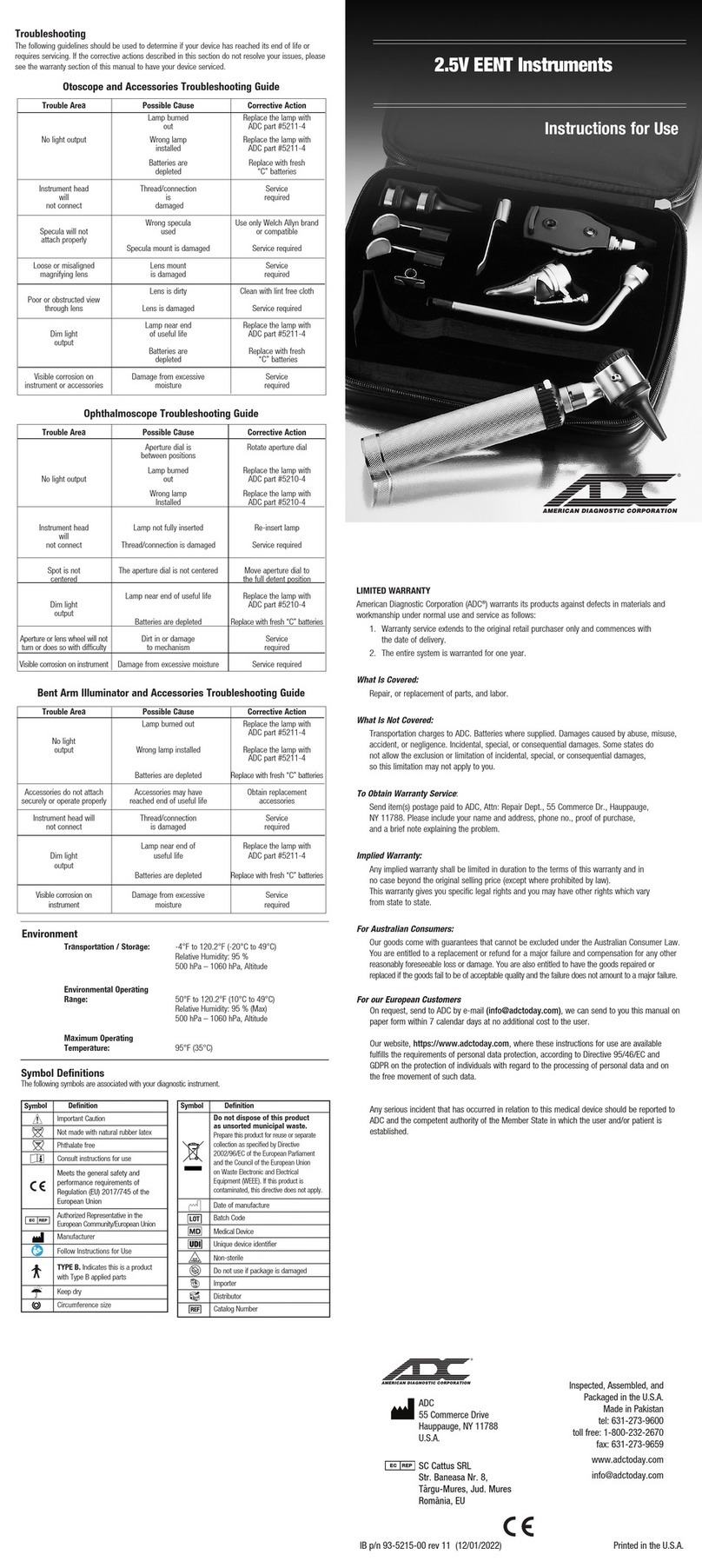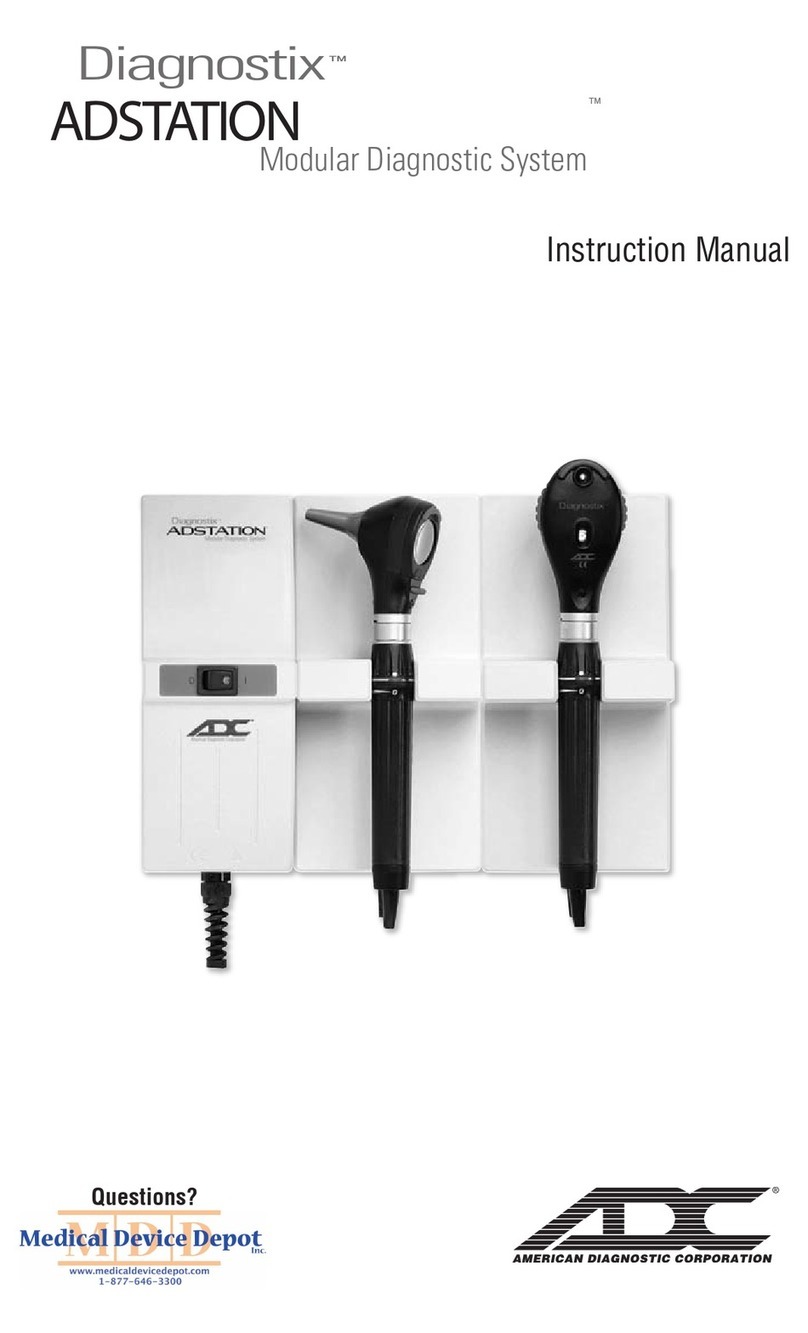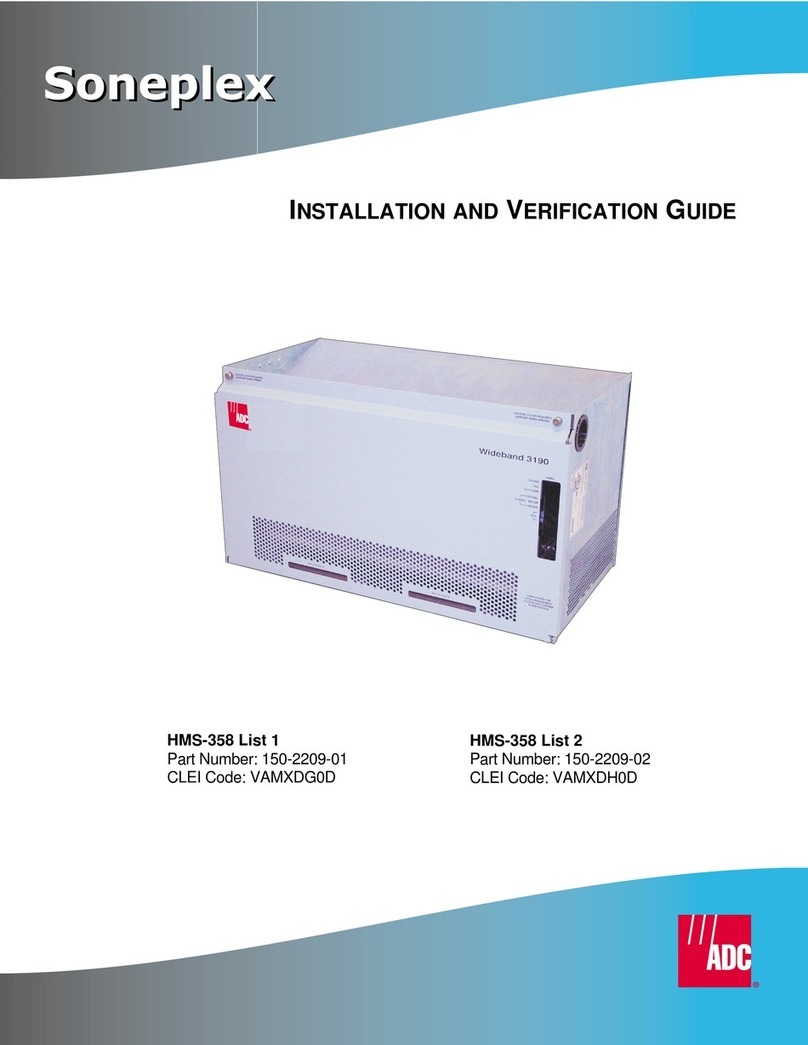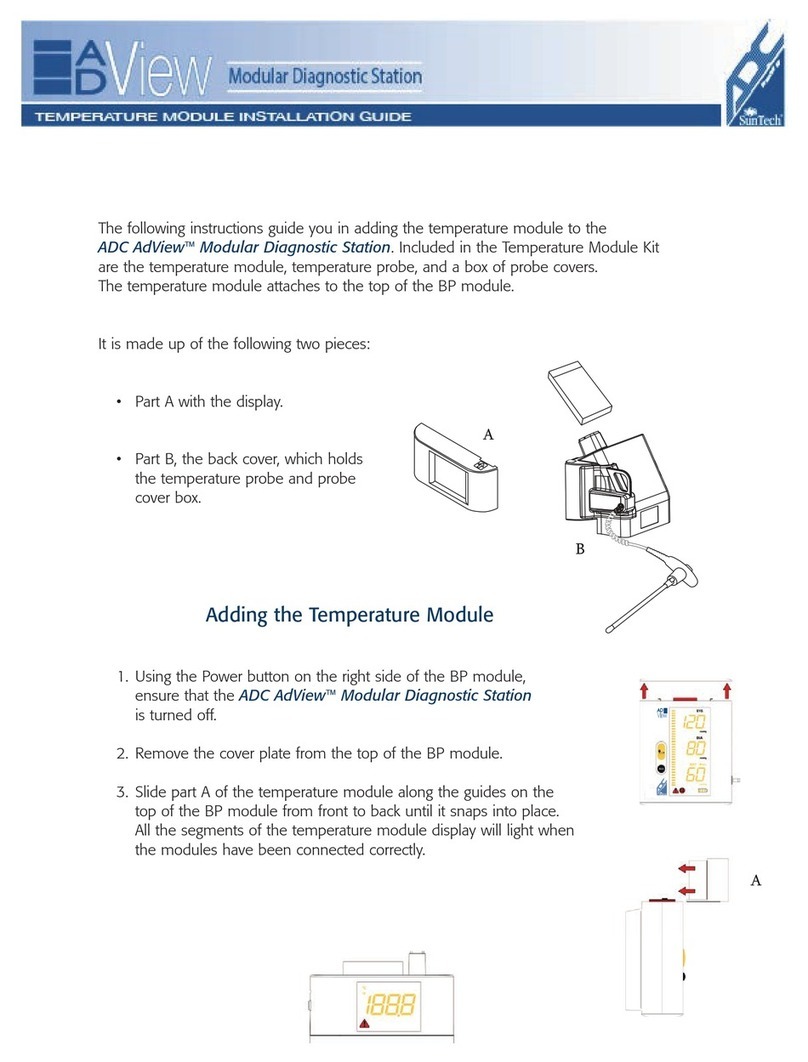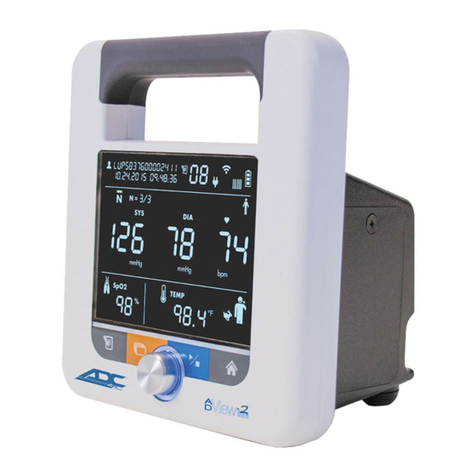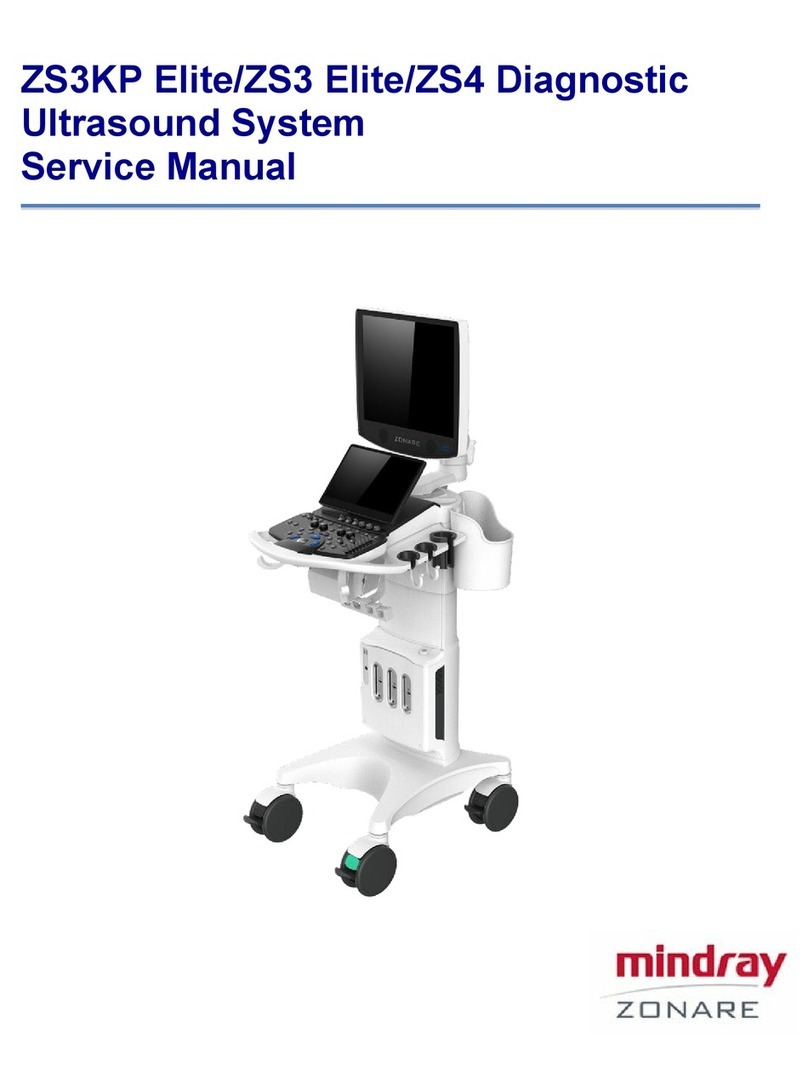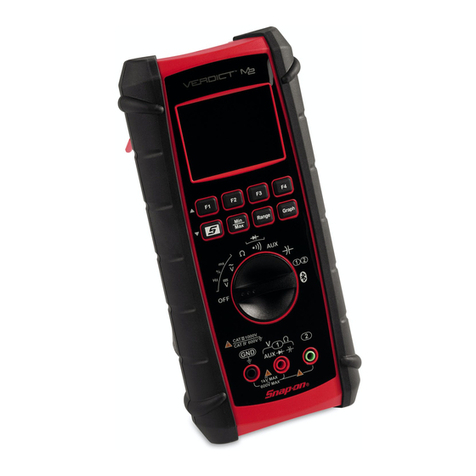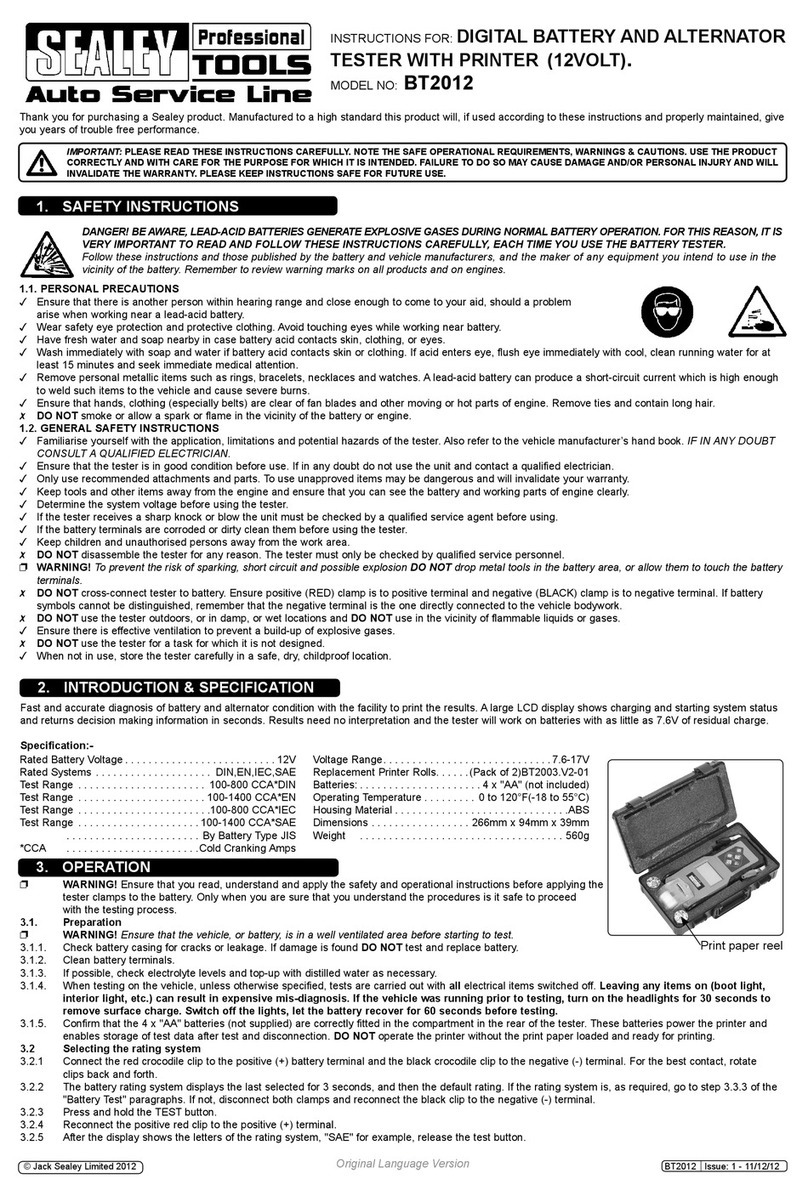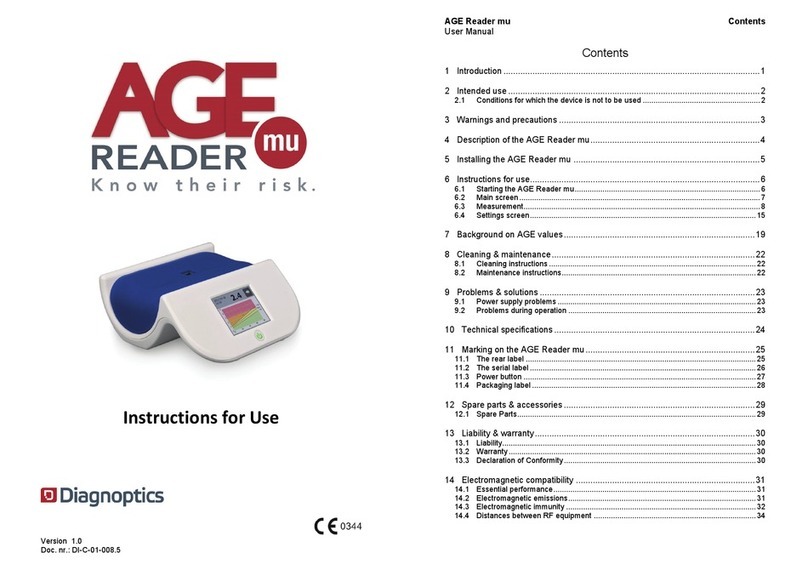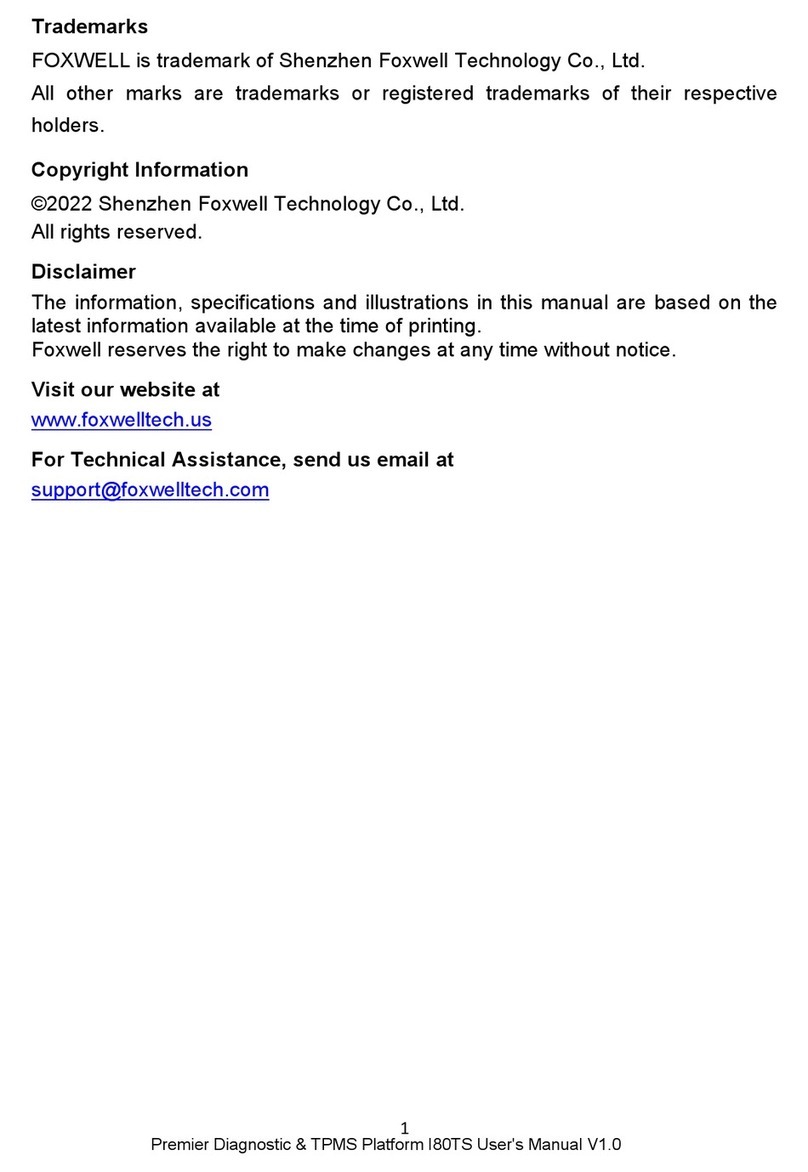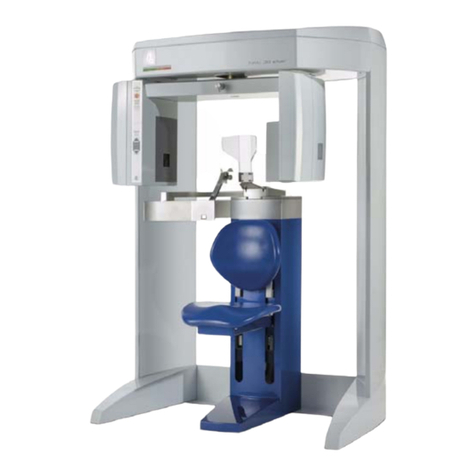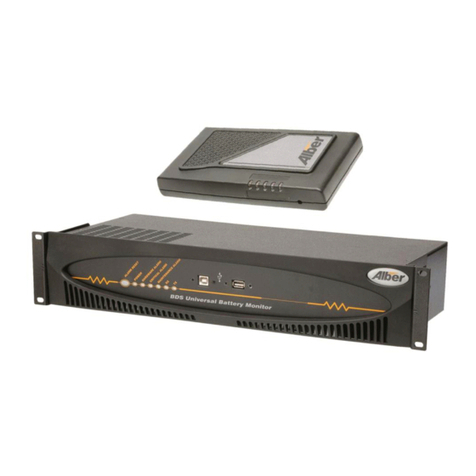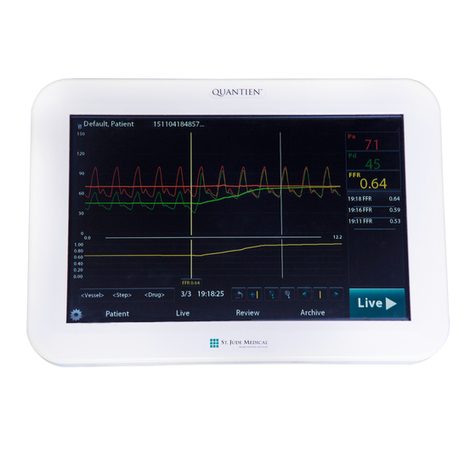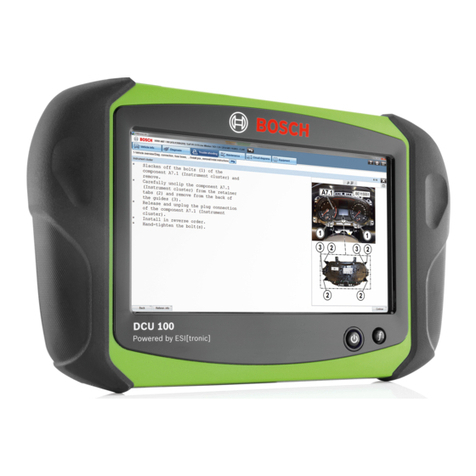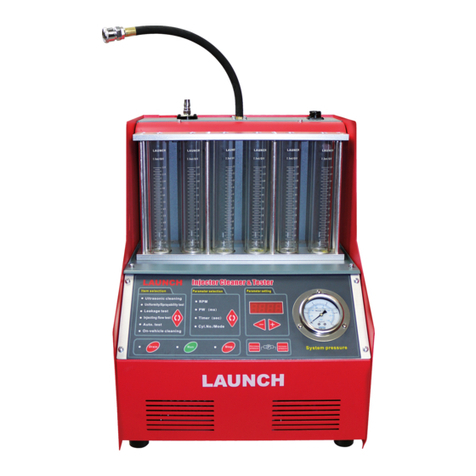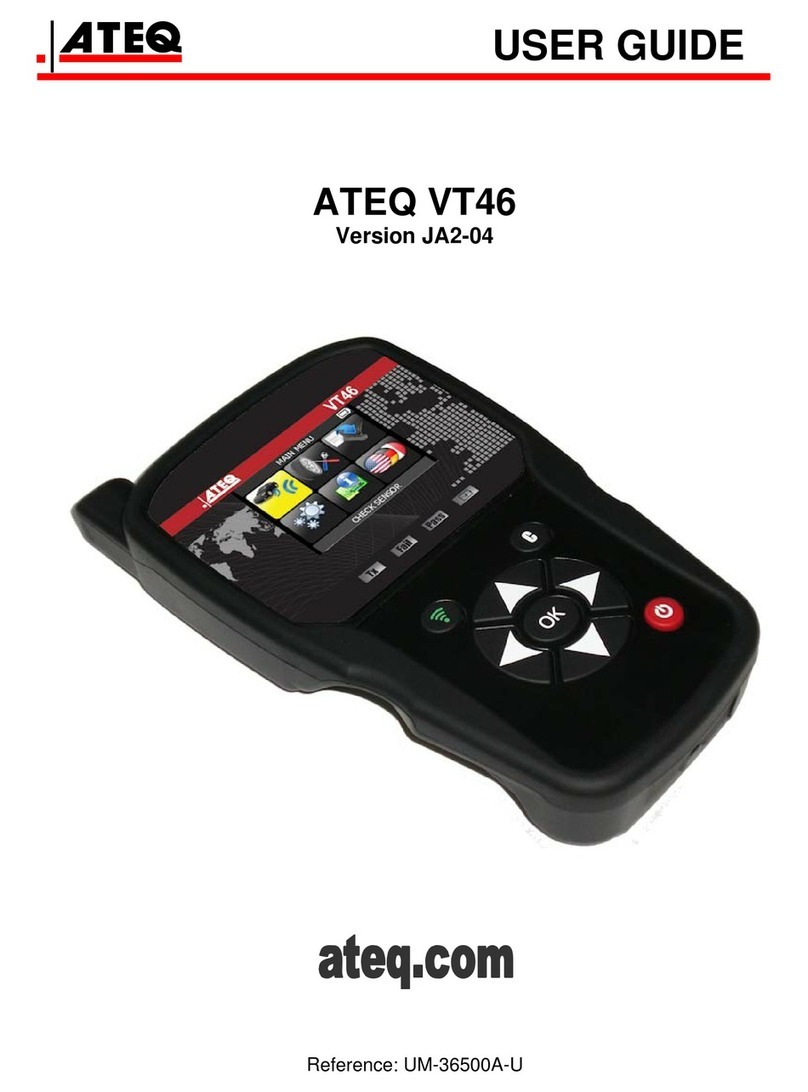
Thank you or choosing an ADC®Diagnostic set. We’re proud o the care and quality that goes into the
manu acture o each and every diagnostic instrument that bears our name. Every component has been
care ully designed to maximize per ormance. This booklet re ers to both Otoscope and Ophthalmoscope
sets (Models 5110N, 5110E, 5111N, 5112N).
Device Description and Intended Use
Ophthalmoscope attachment (5110N, 5110E, 5112N)
The ophthalmoscope is a hand held, battery-powered device containing illumination and viewing optics
intended to examine the media (cornea, aqueous, lens, and vitreous), the retina, blood vessels, optic
nerve, and other structures o the eye. It is intended to be used by a trained healthcare pro essional.
Otoscope Attachment (5110N, 5110E, 5111N)
A handheld battery powered device with magni ying system that provides illumination o the ear canal
and tympanic membrane.
Latex Statement This device and all accessories are latex ree.
This device should be used by a trained healthcare professional.
Contraindications
The use o this device is contraindicated in patients who have already received prolonged or intense
light exposure, especially i the patients are in ants, aphakes, or persons with diseased eyes. Excessive
exposure to light may result in patient injury. See warnings or additional in ormation.
General Warnings
A warning statement in this manual identifies a condition or practice which, if not cor-
rected or discontinued immediately, could lead to patient injury, illness, or death.
CAUTION: Because prolonged intense light exposure can damage the retina, the use o the device or
ocular examination should not be unnecessarily prolonged, and the brightness setting should not
exceed what is needed to provide clear visualization o the target structures.
The retinal exposure dose or a photochemical hazard is a product o the radiance and the exposure
time. I the value o radiance were reduced in hal , twice the time would be needed to reach the maximum
exposure limit.
While no acute optical radiation hazards have been identi ied or direct or indirect ophthalmoscopes,
it is recommended that the intensity o light directed into the patient's eye be limited to the minimum
level which is necessary or diagnosis. In ants, aphakes and persons with diseased eyes will be at
greater risk. The risk may also be increased i the person being examined has had any exposure with
the same instrument or any other ophthalmic instrument using a visible light source during the previous
24 hours. This will apply particularly i the eye has been exposed to retinal photography.
CAUTION: Do NOT immerse the battery handle in liquid. Consult the cleaning and disin ection in-
structions or each part or urther in ormation about cleaning and disin ecting this product. Never clean
or disin ect any device with batteries in it.
CAUTION: Federal law restricts this device to sale by or on the order o a physician or licensed health-
care practitioner.
WARNING: The carrying cases provided with these devices are intended or long term storage or transport
between acilities or when shipping devices to and rom ADC’s acility or repair or servicing. Carry cases

